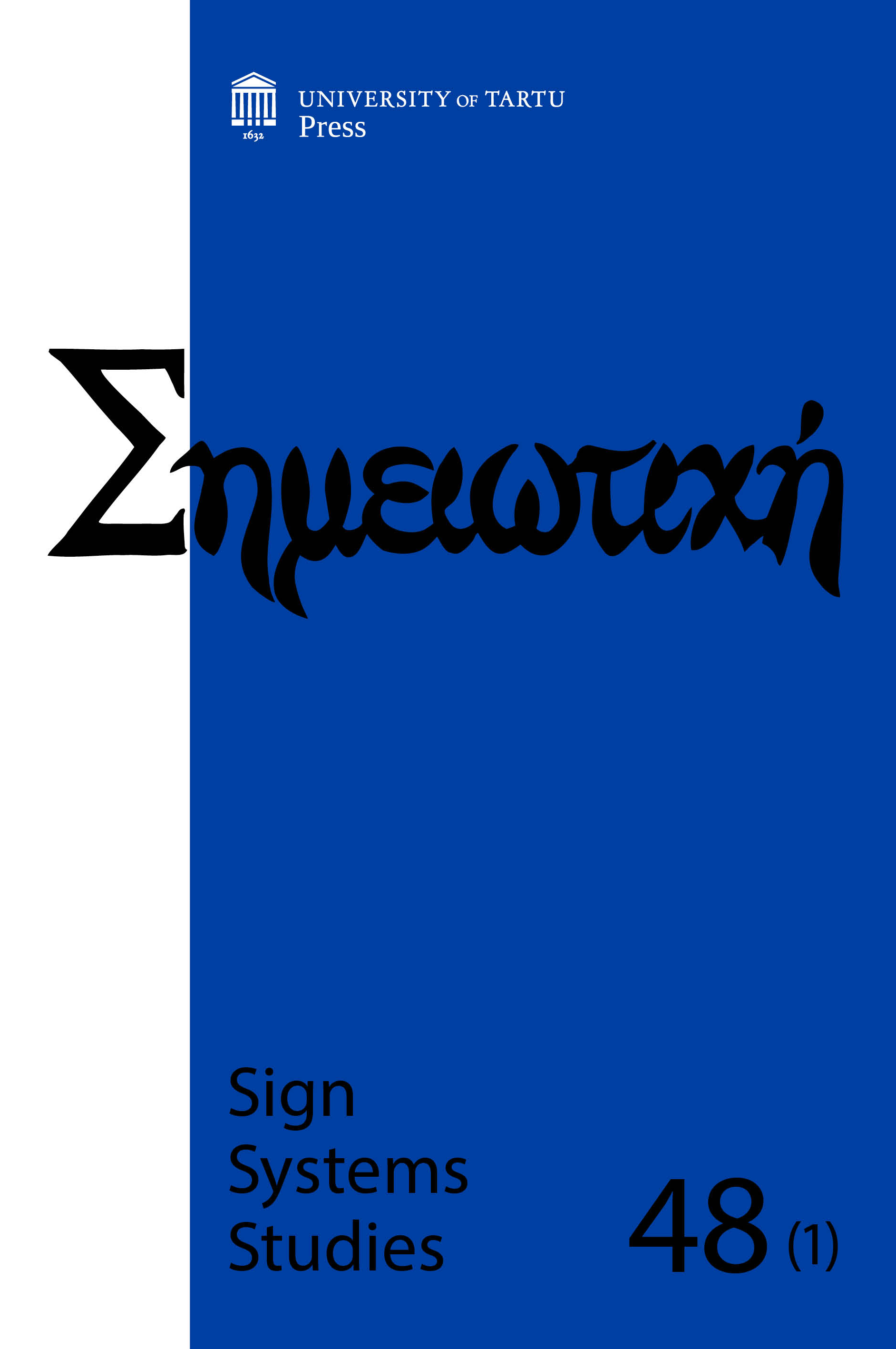Creating reality as a locally tailored interface – an integrational, pragmatic account of semiosis
DOI:
https://doi.org/10.12697/SSS.2020.48.1.02Keywords:
semiosis, integrationism, pragmatism, perception, contextualization, radical indeterminacy of the signAbstract
Linguistics and semiotics traditionally assert the view that communication presupposes signs. Integrational linguistics challenges this notion by refuting the first-order ontological status of signs and semiological codes. Yet if communication does not depend on pre-established signs, then how does semiosis proceed? And what is the basis for the intuitively acceptable notion that codes do exist as socially carried structures among living beings? In this article I present an integrational account of semiosis based on the suggestion that sign-making is a perceptual activity. I draw on William James’ concept of human experience to expound Roy Harris’ claims for the radical indeterminacy of the sign, for contextualization, and for the process of integration. In closing, I consider the role that mental associations, for example, those between language sounds and concepts, play in communicative activity.


